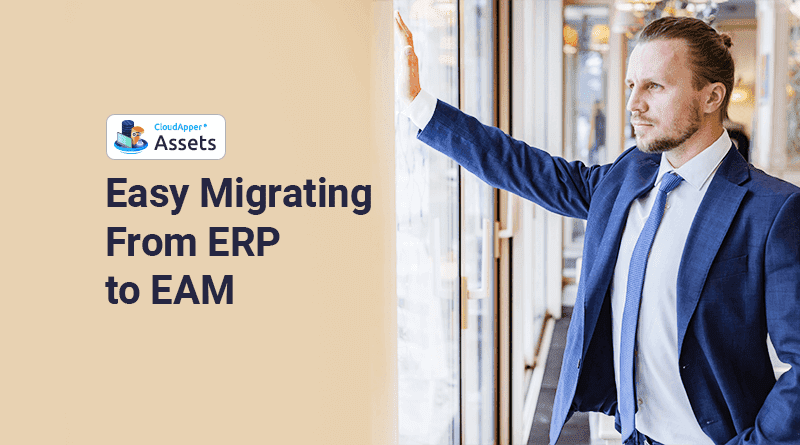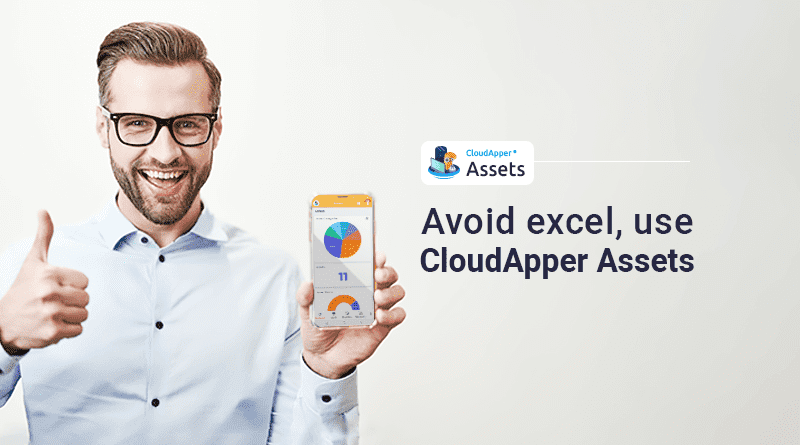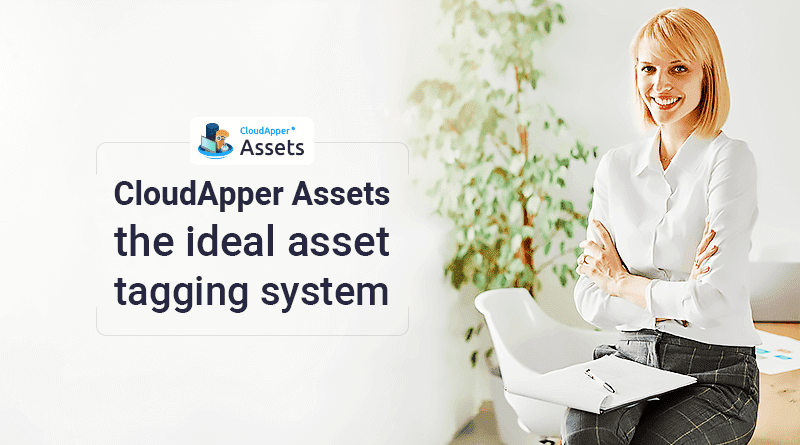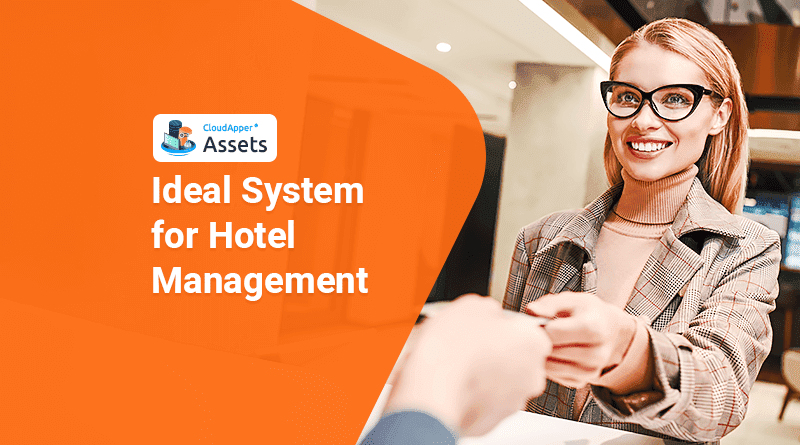Table of Contents
A lot of times, companies switch from an ERP system to an asset management system without giving it much thought. This can lead to some major problems for the company. Quick decisions are welcome, although they shouldn’t be made without considering the big picture. A well-informed decision will always be better than a quick one.
To help you, we have outlined some important considerations before migrating to asset management software.
Why shift to an Asset Management System?
ERP systems are useful for companies that know how to use them. Installing an ERP system can take a lot of time and effort. A company will have to find someone with enough expertise in the field of ERP systems. Furthermore, the company would have to consider the employees since not all people are technically sound about it.
Proper training should be provided to employees. This can be a slow process and might not happen immediately after the system is set up. The company’s operations won’t be optimized if it doesn’t know how to use all of the functions and features properly.
Employees get bored and frustrated if they have to use software instead of doing their job. They start using it less responsibly, creating problems with data accuracy. This creates miscommunication and faulty decision-making, which leads companies to discontinue the use of ERP systems in favor of much easier EAM systems. Compared to ERP systems, EAM is much more user-friendly because it only concerns itself with physical assets rather than business operational data. Unlike ERPs, EAMs deal solely in physical assets and make them easier for employees to work with than with additional business information.
What are the Essential Elements to include in an Asset Management System?
The best asset management system should have features that include:
- Monitoring all assets from a central system
- Managing your data from any location
- Figuring out the problems with assets
- giving information about the life cycle of assets
- Finding and removing duplicate old files from your hard drive
- Setting up maintenance schedules for each asset so that service doesn’t get interrupted
- You can rely on us to provide accurate and easy-to-read audits that are up-to-date with best practices.
What are some of the Factors to Consider before Migrating to a New Asset Management System?
In your busy schedule, it’s easy to miss a few important points and end up with future problems. We’re going to talk about the most important points you need to remember to maintain a healthy lifestyle.
ERP data migration
When you are moving to asset management solutions, you must consider moving your data as well. Data is very important in any business, and the ERP software for the period of use contains data. Dumping these data can lead to future issues. That’s why, regardless of how small or insignificant, it is important to transfer the data to the new EAM.
When going through the process of migrating your data, a lot of information needs to be hand-carried. However, data transfer doesn’t have to be difficult if you go with asset management software. With CloudApper, you can migrate your data simply and efficiently.
EAM sustainability
If a business is going to grow, they need the right systems in place. Having a system that tops out on capacity could hinder this growth. Systems should be able to accommodate your future goals and agenda. They should be strong enough to handle any workload increases you might see in the days to come.
Otherwise, the company would have to keep changing the system regularly. That would affect the whole operation. The change will cost them money and time to implement.
Compatible system
What separates one company from another these days is the software they use. Companies need software that’s compatible with what they already have or plan to develop in the future, so they don’t get bogged down by inefficient digital bottlenecks. Ideally, the software should have an easy user interface and can be well integrated with their current systems, so complaints are minimal.
CloudApper Assets: Transfer data with ease
CloudApper Assets is the asset management system of choice for anyone looking to simplify data transfer, generate accurate and timely reports, or incorporate good asset management practices. It provides invaluable features like automated data update routines and advanced inventory level monitoring based on proprietary algorithms. Reduce the work involved in managing your assets by using CloudApper.
What is CloudApper AI Platform?
CloudApper AI is an advanced platform that enables organizations to integrate AI into their existing enterprise systems effortlessly, without the need for technical expertise, costly development, or upgrading the underlying infrastructure. By transforming legacy systems into AI-capable solutions, CloudApper allows companies to harness the power of Generative AI quickly and efficiently. This approach has been successfully implemented with leading systems like UKG, Workday, Oracle, Paradox, Amazon AWS Bedrock and can be applied across various industries, helping businesses enhance productivity, automate processes, and gain deeper insights without the usual complexities. With CloudApper AI, you can start experiencing the transformative benefits of AI today. Learn More

















